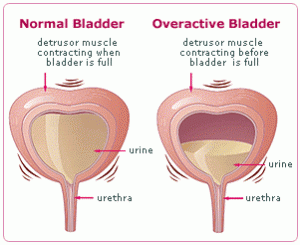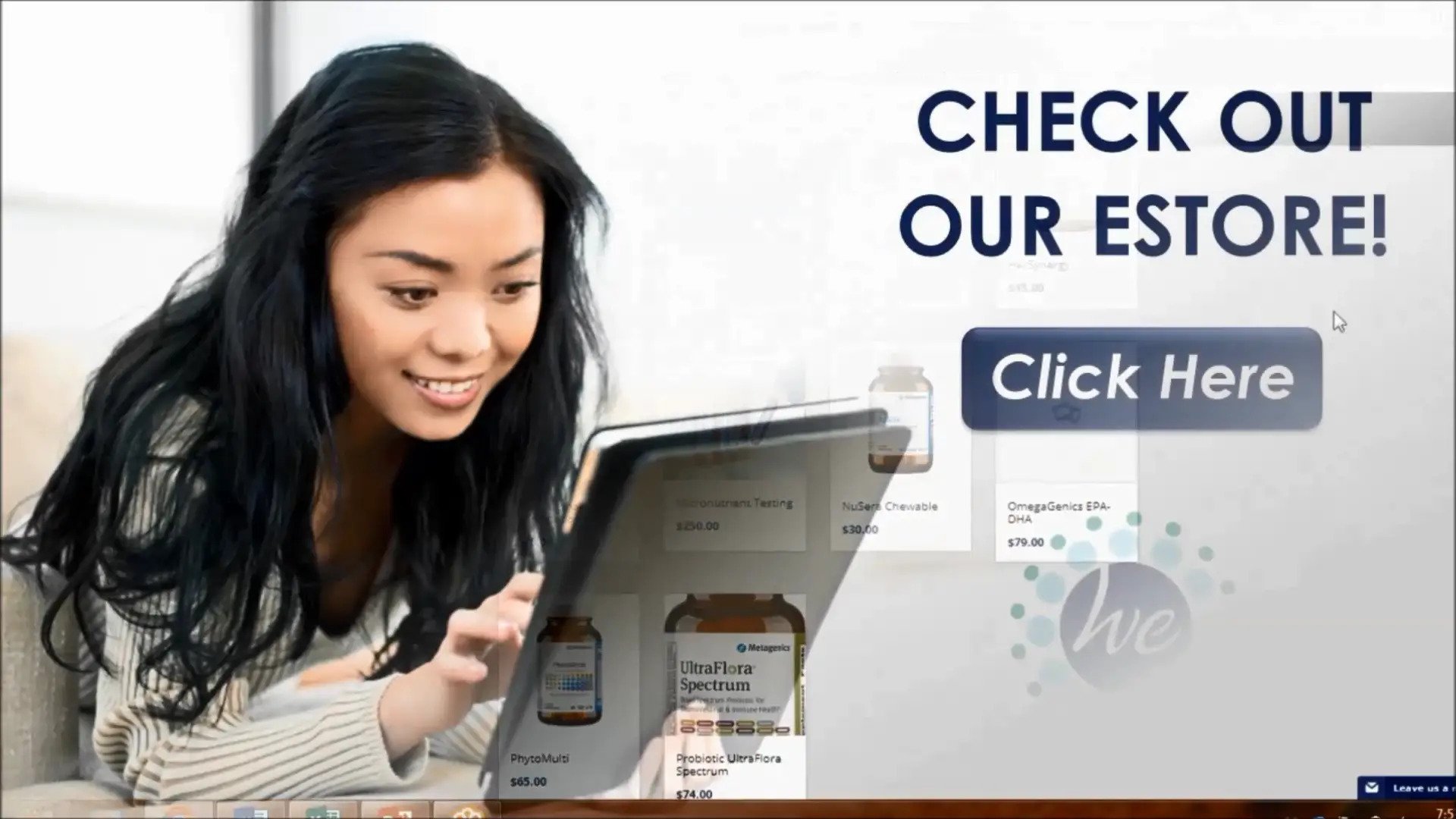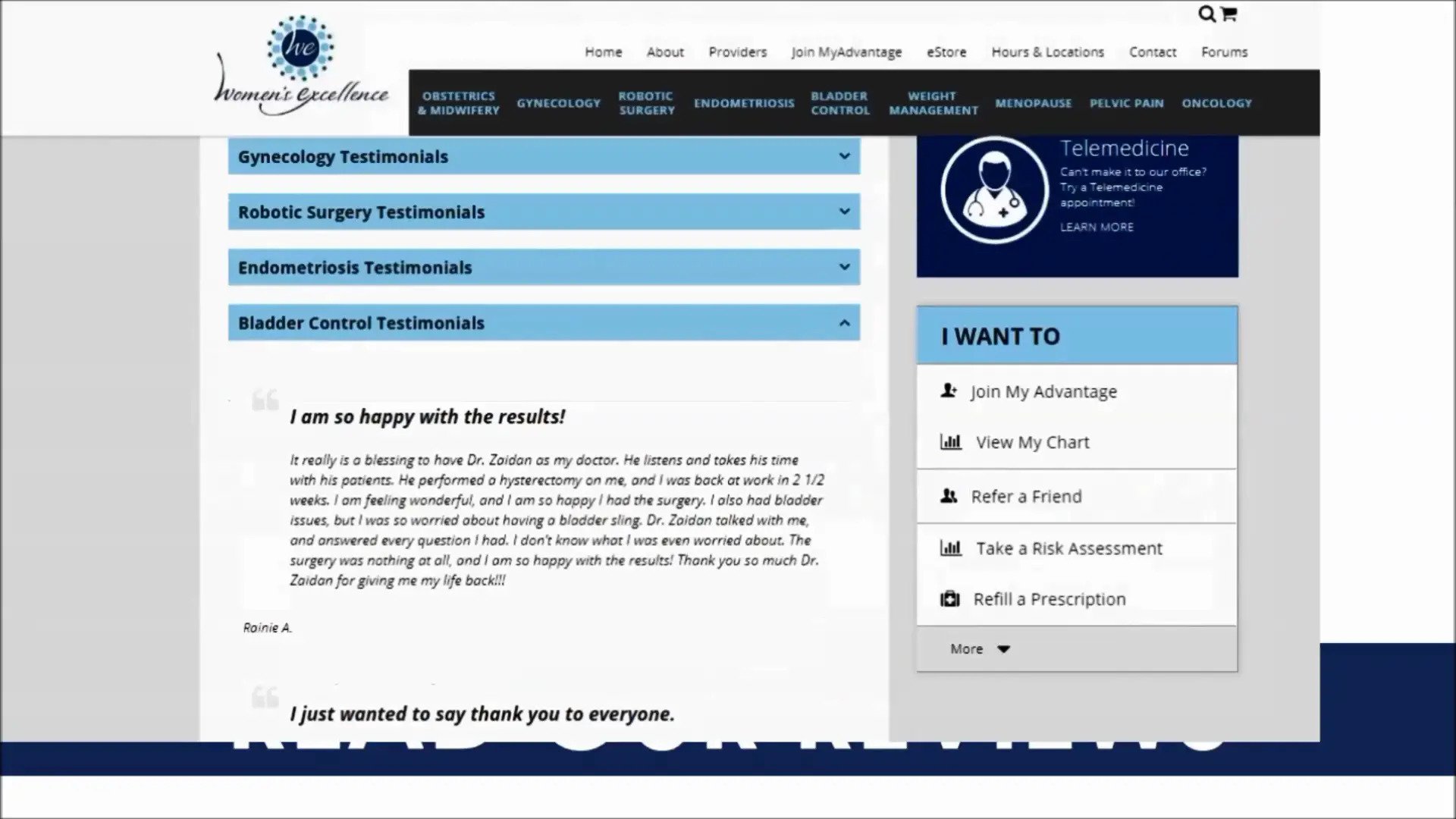What is Overactive Bladder (OAB)?
Urge incontinence treatment helps to address the symptoms of overactive bladder. These include urinary urgency, frequency, dysuria or painful urination, and nocturia or waking up at night to void. Urge incontinence, which is characterized by an abrupt and strong desire to void with the inability to delay urination sometimes resulting in incontinence, is also possible.
What causes OAB?
- OAB is caused by bladder muscle (detrusor) instability, hyperactivity, or hypersensitivity. It may be associated with lower urinary tract problems such as cancer, infection, atrophic vaginitis, or obstruction. OAB can result from central nervous system (CNS) disorders such as stroke, multiple sclerosis (MS), or Parkinson’s disease.
- Certain medications can cause OAB; however, many cases of OAB result from an unknown cause that results in the inability to suppress bladder muscle contractions.
How do I know if I have OAB?
- A comprehensive history and physical exam can reveal key signs and symptoms.
- Urodynamics testing to evaluate the function of bladder and urethra.
- Potassium Sensitivity Testing (PST) to test for Interstitial Cystitis (IC), a bladder disorder that can mimic OAB, may be indicated.
- Other additional diagnostic testing may be ordered to rule out other urinary disorders.
How is OAB treated at Women’s Excellence?
- Weight reduction decreases the pressure on the bladder and improves symptoms.
- Smoking cessation is recommended because nicotine is a bladder irritant.
- Bladder retraining/scheduled voiding is a behavioral technique used to improve bladder capacity and control.
- Anticholinergic medications help with the symptoms of OAB and can help prevent accidents.
- Neuromodulation (Axonics) is like a “pacemaker” for your bladder to help overactivity with costly medications and side effects. This is perfect for patients who can’t afford or don’t want to take medications on a daily basis.
- Treatment for IC – combination therapy consists of oral medications and bladder instillation.
- Botox is FDA approved for the bladder. It can dramatically reduce the overactivity of the bladder. It is simple and safe. This is an outpatient procedure and can be done in less than 10 minutes.
What do you need to know?
A full workup for bladder control is necessary. Women’s Health can work with you to find an urge incontinence treatment to address this issue. Contact us or use our chat today to get started!
Review a summary of symptoms and treatments for an overactive bladder.









Women's Health BlogRead More
Hereditary Cancer Risk Testing for Women: Empowering Choices and Saving Lives
Cancer is a formidable adversary that affects millions of lives worldwide. While cancer can strike anyone, it is a well-established fact that certain types of cancer have a he
Read More
Breast Cancer Awareness Month
October is Breast Cancer Awareness Month, a time when individuals, communities, and organizations around the world come together to raise awareness about breast cancer and pro
Read More
Bone Health for Women
From helping our bodies move to protecting our internal organs, our bones play an important role in our overall health. Building and maintaining good bone health is crucia
Read More
What's New at Women's ExcellenceRead More
Virtual Women’s Health Visits Now Available at Women’s Excellence, Expanding Access to Care
Women's Excellence, a leading healthcare provider specializing in women's health, is excited to announce the expansion of its virtual visit program called Specialty Virtual Ca
Read More
Women’s Excellence Leads the Way in Comprehensive Hormonal Management Care for Women
Women's Excellence, a renowned healthcare provider specializing in women's health, is proud to announce its comprehensive and expert hormonal management care program. Hormones
Read More
Helping Women Take Control of Their Bladder
Many women suffer from bladder control problems including urinary leakage, overactive bladder (OAB), stress incontinence, pelvic organ prolapse, or even interstitial cystitis
Read More